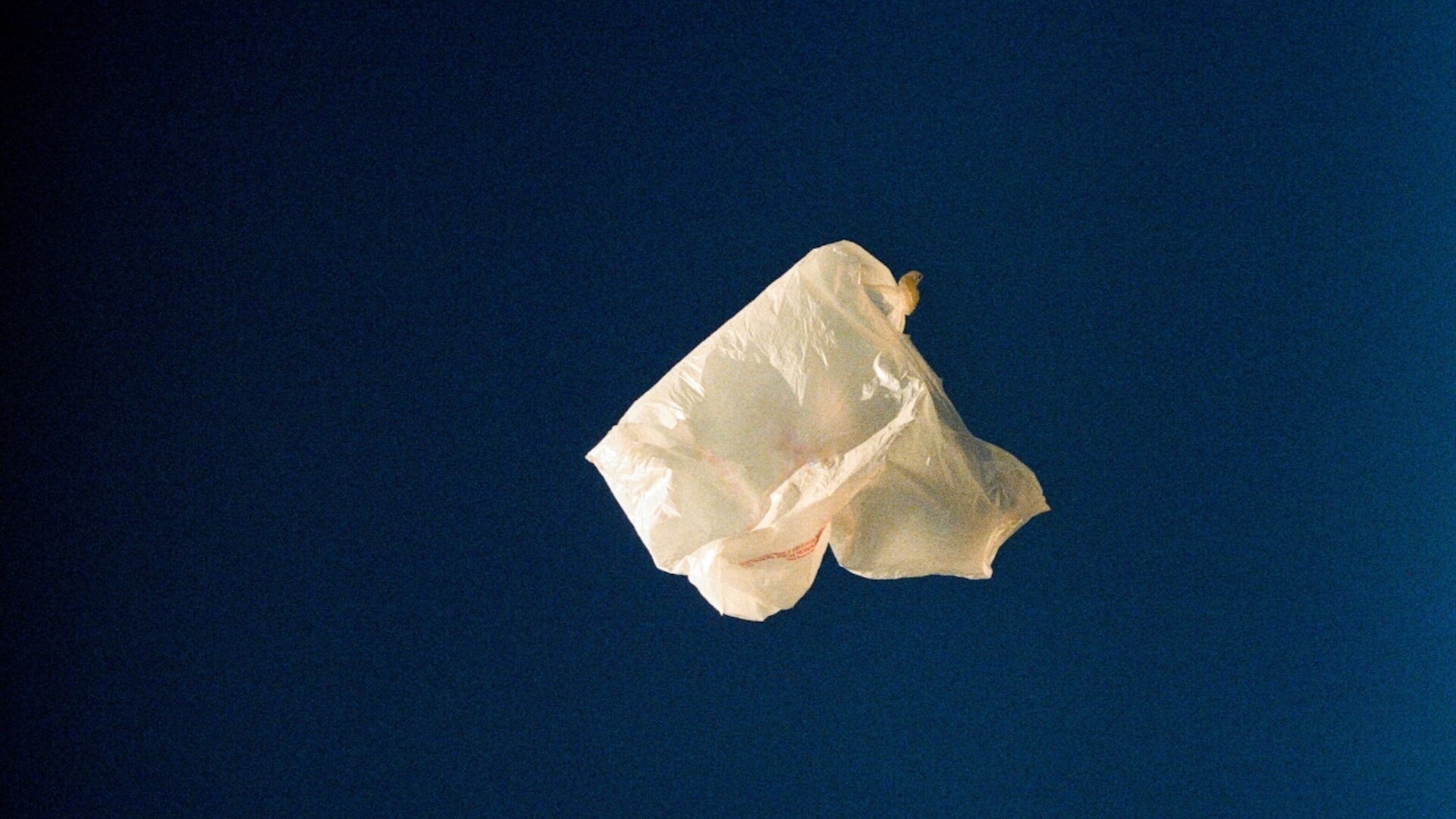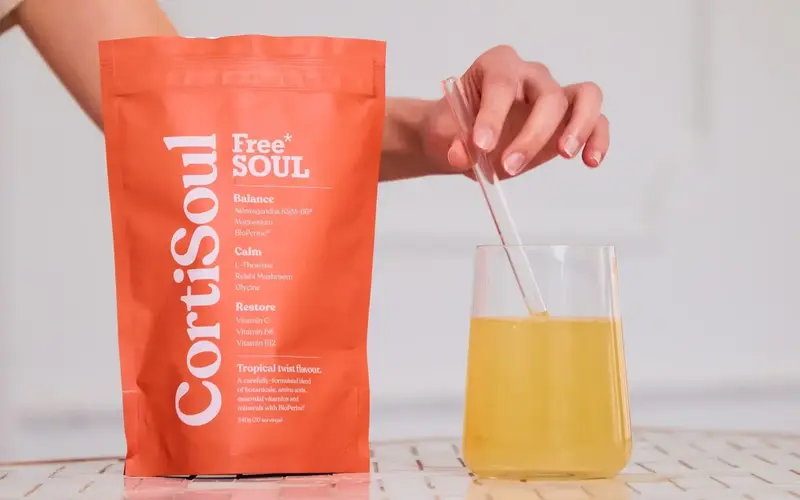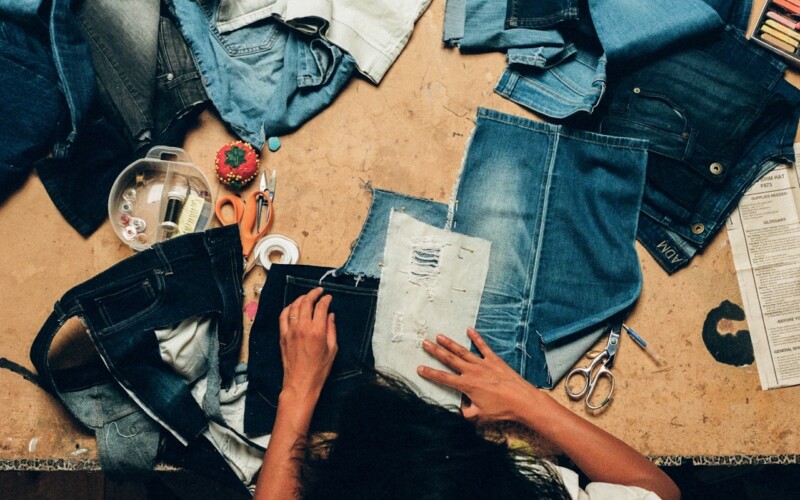The term ‘greenwashing’ originated in 1986 and it means to make people believe that your company is doing more to protect the environment than it really is. It is a form of deceptive marketing in which vague statements and other tactics are used to persuade the consumer that a product is environmentally friendly.
In recent years we have seen a huge increase in greenwashed products across different industries, created to meet the consumer demand for eco-friendly products and services, while manufacturers and brands are continuing their standard, harmful practices.
Greenwashing is present in almost every single sector of the consumer market and sadly regulations aren’t enough when it comes to regulating advertising gimmicks like green scamming. It is down to the consumers to do their own research and find out which products are truly sustainable and which should be avoided.
It’s harmful because it misleads consumers into buying unsustainable products and misleads them on health benefits or on how to properly dispose of products. It can be detrimental to small, truly sustainable businesses who lose clients and revenue to greenwashed products.
At Hello Earth we are passionate about connecting consumers with sustainable brands, so we put together this helpful guide to help you spot the real-eco friendly products from the greenwashed ones. So how do you find truly sustainable products?
- Before purchasing anything, ask yourself if you really need it. The most sustainable products are the ones you already own. There is an environmental cost to every product and reducing your consumption or completely avoiding buying new things is the best option whenever possible. Follow the 5 R’s of sustainability – reduce, reuse, refuse, repurpose and recycle before making a purchase and look for second-hand alternatives. If you really must buy anything, consider its lifespan, whether you can upcycle it or dispose of it in a sustainable way. If a product will create pollution or end up in a landfill once it’s time to dispose of it, it is not eco-friendly.
- Check the product packaging. It can give away whether a product is truly sustainable or greenwashed. Plastic packaging is a huge contributing factor to the destruction of the planet, so avoid it whenever possible. When looking at packaging and labels, country of manufacture is another factor to consider when buying anything, from produce to clothing. An eco-friendly item that’s been shipped thousands of miles across the globe isn’t an environmentally friendly purchase, unless the carrier companies are using carbon neutral methods. Country of origins matters also because certain companies choose to create their products in countries where environmental laws are looser and where they can get away with paying low wages to their workers. Sustainability goes beyond zero waste consumption, it’s also about paying fair wages to workers, ensuring all raw materials and supplies are traceable and Fairtrade.
- Understand the meaning behind most product labels. Not all labels are meaningful and in most cases, these claims are unregulated and are mostly used to trick consumers into believing the product is eco-friendly. Look behind buzzwords like ‘all natural’, ‘sustainable’, “bottled at the source”, “made from recycled materials” or ‘biodegradable’. For instance, using recyclable packaging is only eco-friendly if the consumer properly recycles it and it doesn’t end up in a landfill. When it comes to recycling many companies, governments and organisations tend to shift the blame on the consumer for not properly disposing of their products, leaving out facts that most plastic never gets recycled even if it has been disposed of properly(source). Plastic Pellets are required for recycled plastic to be turned into new products and polymers can only be recycled a certain number of times, so whenever possible, avoid plastic in general. Degradable plastics, often wrongly labelled as biodegradable, fall into microplastic much quicker than regular plastic, and while they won’t choke marine life for decades to come, part of those products would enter the soil and water stream once they fully degrade. To avoid contributing to the microplastics in our environment, we suggest opting for compostable products, made from corn starch or plant based sourced
- Avoid the big players. No matter what product you’re purchasing, chances are that big brands are guilty of unsustainable practices. It’s always worth checking whether a brand is owned by a parent company or corporation. For instance, fashion Brands like H&M, New Look and PLT, part of Boohoo, have all recently been under criticism for exploiting their workers and promoting disposable fashion by giving away free clothing. These brands are also guilty of greenwashing their products, advertising them as ‘sustainable’ and ‘eco-friendly’. For instance, H&M’s Conscious collection, pitched as a clothing line made from more sustainable materials such as organic cotton or recycled polyester, was found to contain a higher share of damaging synthetic materials than its main line according to The Big Issue. Major food and drinks corporations like Coca Cola, Mondelez, Unilever and PepsiCo are amongst the top plastic polluters of the planet according to research by Statista. While these organisations are directly responsible for plastic pollution in oceans and landfills, they tend to shift the guilt to the consumer. Despite their claims of sustainability, their packaging is still a top polluter worldwide, so it’s best to avoid them in general.

- Discover brands who are truly committed to being eco-friendly and fit your criteria of sustainability. It can be overwhelming trying to find the right products, especially when it comes to goods we buy often, such as food and clothing.
To make sure a company’s sustainability claims are reliable, look for certifications from third parties, such as B Corp or Rainforest Alliance. Focusing on specific claims can also help you better understand whether a product is truly eco-friendly or greenwashed.
When shopping for new clothing and accessories, search for sustainable fabrics like organic cotton, bamboo, linen, hemp, recycled materials and pineapple, mushroom or apple leather. Whenever possible, choose shoes and accessories made from recycled rubber and plastic and dyed with plant-based dye. In many instances, polyester, which requires lot’s of energy and emits 3 times more CO2 than cotton and takes 200 years to decompose, is used in over 60% of all clothing, so avoid buying it when possible. Thrifting is another excellent alternative to fast fashion – with a little patience and research, you can find gorgeous and unique items that won’t cost the earth.When grocery shopping, substitute the plastic packaged food and drink for products in cans, jars or compostable packaging. You can easily replace single use tea bags with loose leaf tea. Paper tea bags are found to contain toxins, bleached with chlorine and made of non-biodegradable materials.
No matter what you purchase, it’s important to remember that unfortunately we can’t buy our way out of an environmental catastrophe. No amount of sustainable products will help us resolve pollution and global warming. No matter how great a product is, it still took resources to create and would eventually be disposed of, buying fewer things is the ultimate solution.





